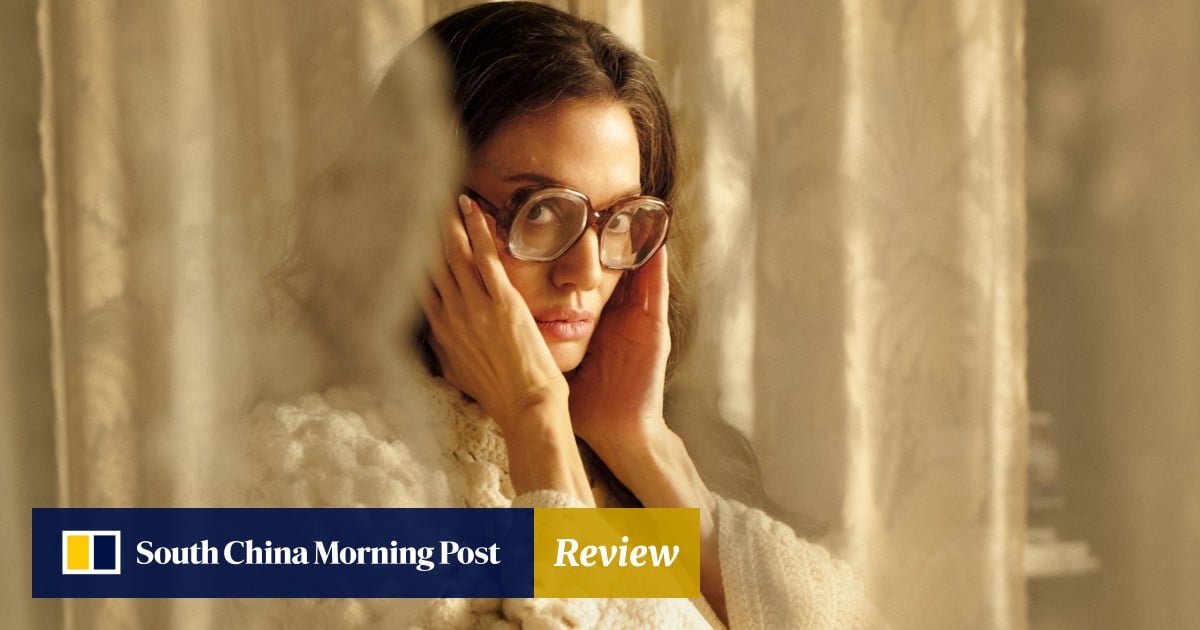4/5 stars
Her voice long since in decline, Callas (Angelina Jolie) lives alone in Paris, in her luxury flat, with just her dogs and her housemaid, Bruna (Alba Rohrwacher), and her butler Ferruccio (Pierfrancesco Favino), for company.
Maria, which premieres in competition at the Venice Film Festival, is a delicate, detailed drama, and one of Larraín’s best.
Reflecting on her past, particularly her marriage to Greek shipping magnate Aristotle Onassis (Haluk Bilginer), the script by British writer Steven Knight (who also penned Spencer) uses an intriguing conceit.
A television crew is meant to be visiting Callas, but the interviewer is a figment of her drug-addled imagination, which becomes clear when the reporter (Kodi Smit-McPhee) introduces himself as “Mandrax”.
Still, Callas’ seven days before her death also see her attempt to see if her failing voice still has the strength to carry the demands of Puccini. “That was Maria. I want to hear La Callas,” says the pianist, who hopes to help her find it again.

Despite her failing health, the film shows that the “rebellious” Callas never lost her confidence, her swagger, her presence. “I come to restaurants to be adored,” she says, after shouting at an admirer for daring to say she broke his heart when she cried off sick for a performance.
Various flashbacks shows Callas on stage performing, with Jolie perfectly emulating her posture and breathing (the voice is largely Callas’ own but, according to Larraín, there is always a “fragment” of Jolie’s).

At times the film weaves its tendrils into Larraín’s Jackie, especially with the appearance of Caspar Phillipson, who plays US President John F Kennedy in both films.
Ultimately, Maria is a perfectly engraved snapshot of one of the greatest opera singers of all time, as she reaches the end of the road. It is not perhaps as moving or emotional as you might hope – at times it feels like watching something behind glass – but it is an elegantly assembled work.
Larraín truly understands and captures the allure of this icon of 20th century culture.

